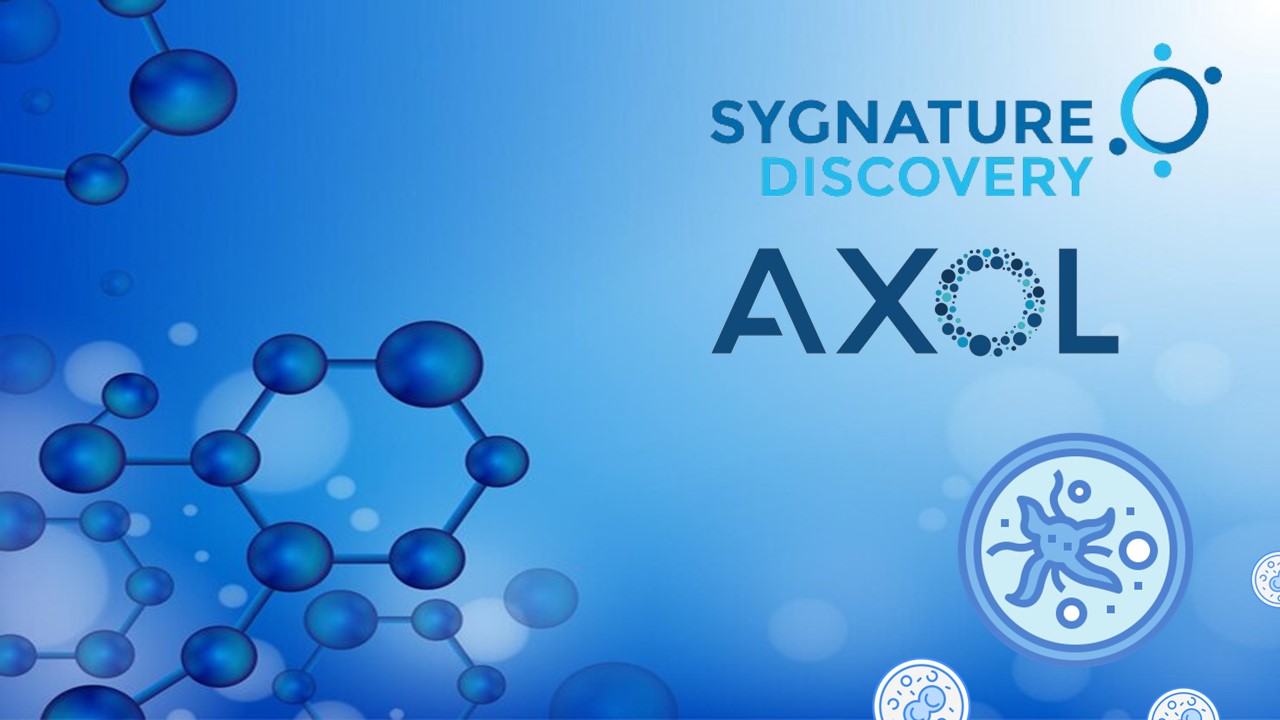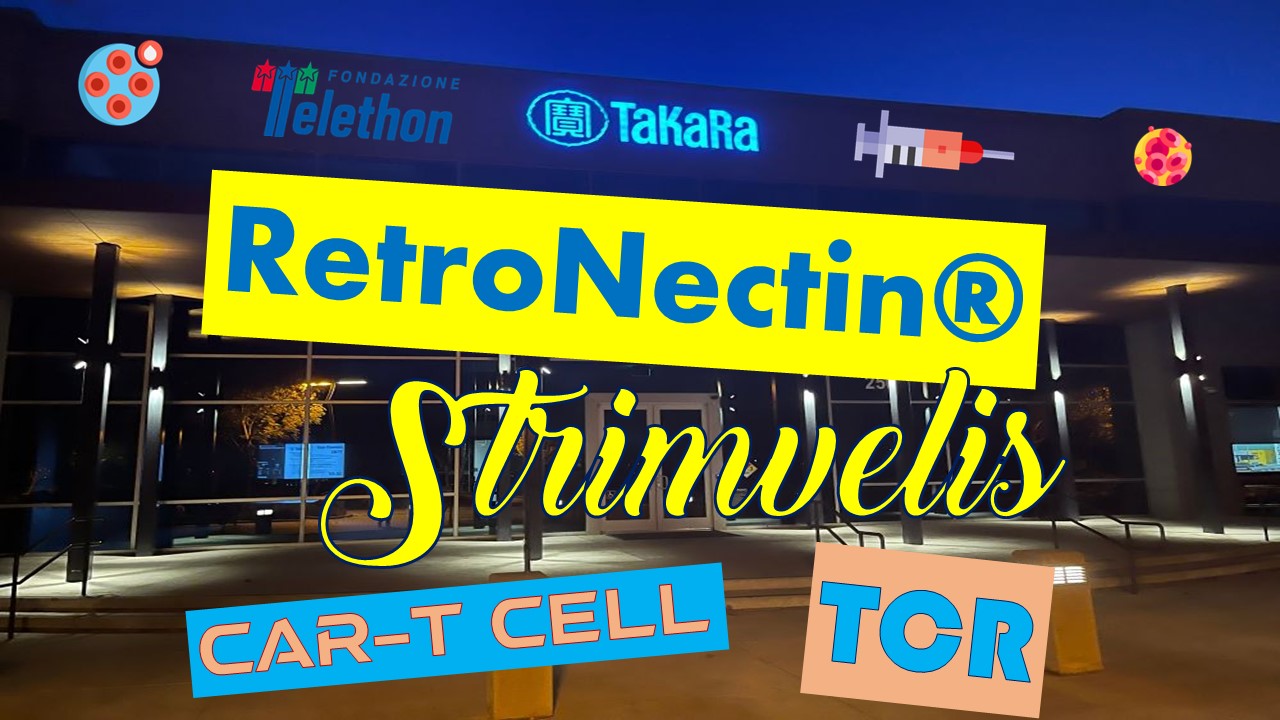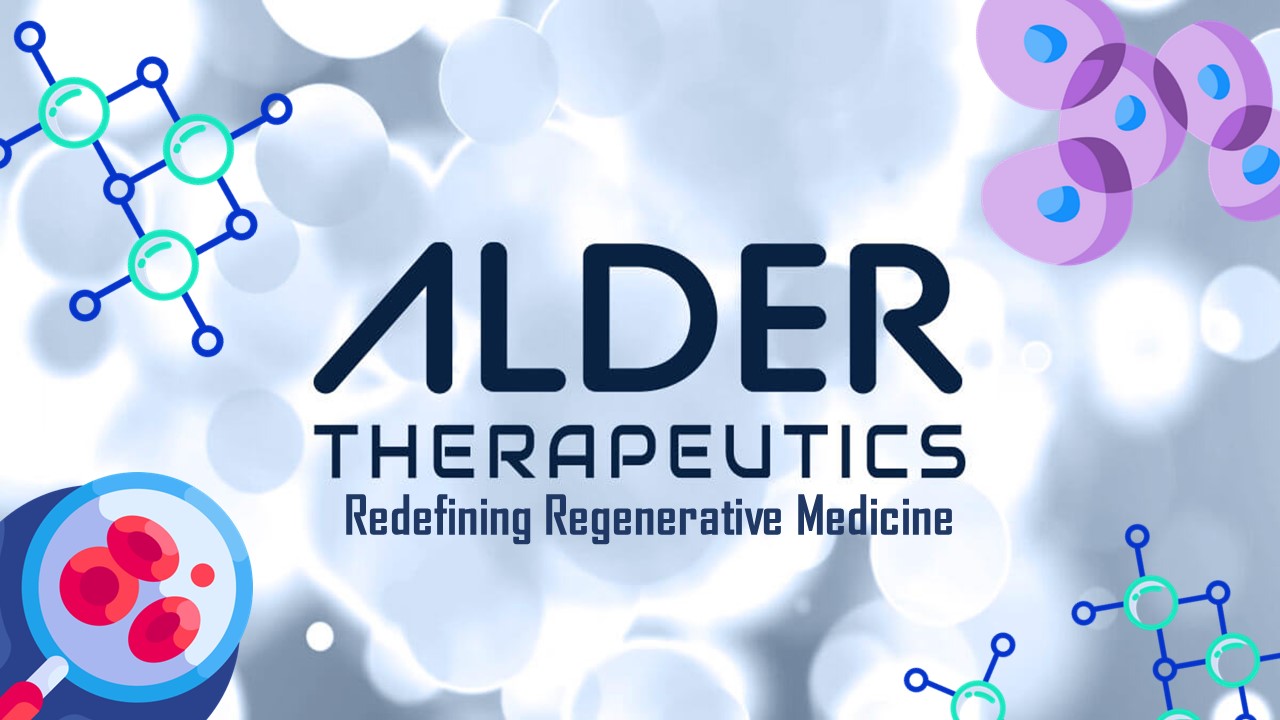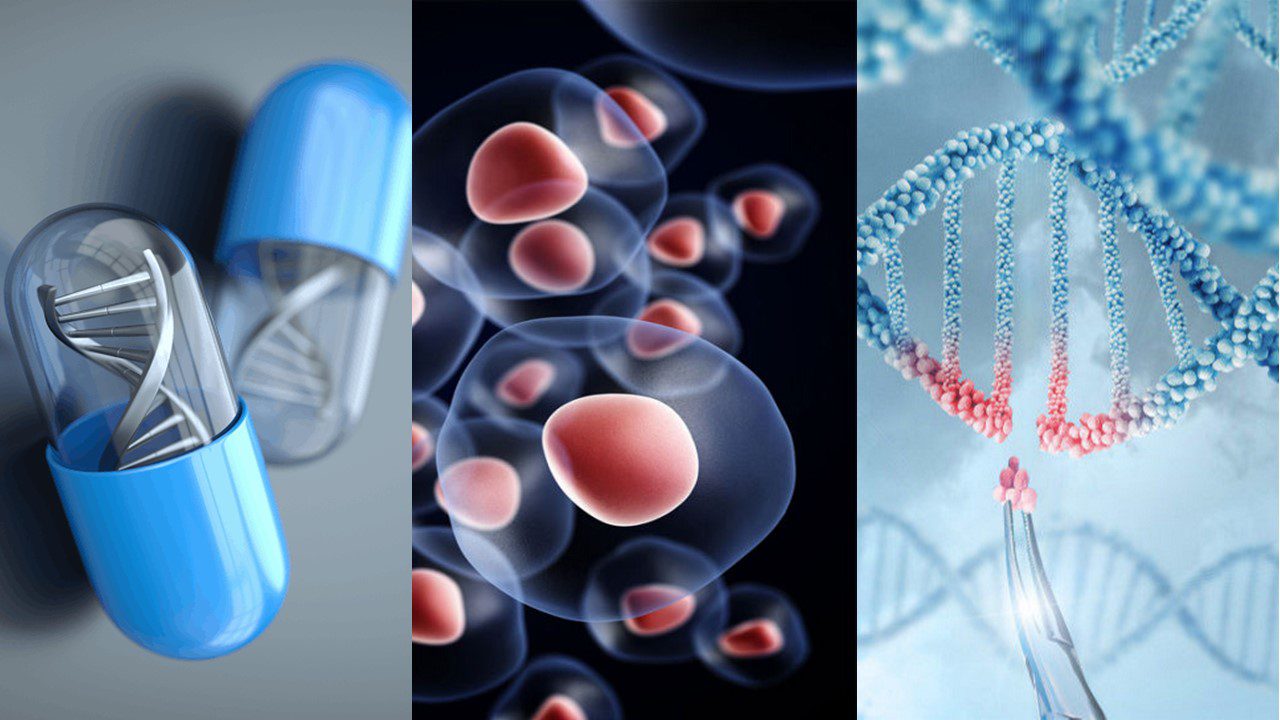Nucleotide sequencing is the process of determining the precise order of nucleotides within a DNA or RNA molecule. This process is vital in understanding the structure, function, and genetic makeup of organisms. DNA and RNA sequencing has revolutionized the field of molecular biology, allowing researchers to study genetic variations, gene expression, and the evolution of species.
History and Applications
The history of DNA sequencing dates back to the 1950s when the double-helix structure of DNA was first discovered. Robert Holley completed the sequencing of the first tRNA (specific to alanine) in 1965, and in 1986 he was honored with the Nobel Prize for this accomplishment. Through the use of two ribonucleases to disassemble the molecule, Holley’s team of scientists was able to determine the tRNA’s structural makeup. In 1972, Walter Fiers took a step ahead by becoming the first individual to sequence the complete DNA of a gene, which was the gene responsible for encoding the coat protein of the bacteriophage MS2. In 1976-1977, Maxam and Gilbert developed the Maxam-Gilbert sequencing method, which involved chemical cleavage of DNA. When Fredrick Sanger and his colleagues developed the “dideoxy” chain-termination method for sequencing DNA molecules, often known as “Sanger Sequencing,” in 1977, it represented the first significant advancement in sequencing technology. He won his second Nobel Prize as a result. The “chemical sequencing method,” as Maxam and Gilbert named it, did not have the desired effect on the scientific community since it was more complicated and less scalable than the Sanger sequencing method. As a result, Sanger’s method gained traction in the newly emerging field.
The novel DNA sequencing method known as pyrosequencing was first introduced in 1996 by Mostafa Ronaghi, Mathias Uhlen, and Pl Nyen. This automated approach (sequencing-by-synthesis technology) is based on the measurement of luminescence produced as a result of pyrophosphate synthesis during sequencing. It falls within the category of high-throughput sequencing and characterized the age of second-gen sequencing.
The Roche 454 pyrosequencing technology was unveiled in 2005, ushering in next-generation sequencing (NGS) technologies and kicking off the enormous parallel sequencing revolution. The first high-throughput technology was created because to this alternative method of pyrosequencing, which allowed DNA sequencing to be carried out in a highly parallel fashion. This became the era of third-gen sequencing methods.
Nucleotide sequencing has a wide range of applications in various fields such as medicine, agriculture, forensic science, biotechnology, and environmental science. In medicine, it is used to diagnose and treat genetic disorders, cancer, and infectious diseases. In agriculture, it is used to develop genetically modified crops and livestock with desirable traits. In forensic science, it is used to identify victims and perpetrators of crimes. In biotechnology, it is used to develop new drugs and therapies, and in environmental science, it is used to study biodiversity and ecosystem dynamics.
Rudimentary Sequencing Methods
Maxam-Gilbert sequencing and chain-termination methods are both considered as “first-generation” sequencing methods. These methods have been used extensively in the past but have since been replaced by newer technologies due to their limitations.
Maxam-Gilbert sequencing involves the use of four different chemicals that each cleave DNA at specific nucleotides. The resulting fragments are separated by gel electrophoresis, and the nucleotide sequence can be determined by comparing the fragment sizes. Although Maxam-Gilbert sequencing was widely used in the 1970s and 1980s, it is now considered too complex and time-consuming for routine use.
Chain-termination methods, also known as Sanger sequencing, involve the use of fluorescently-labeled dideoxynucleotides, which terminate DNA synthesis when incorporated into the growing DNA strand. The resulting fragments are separated by gel electrophoresis, and the nucleotide sequence can be determined by reading the sequence of the terminated fragments. Sanger sequencing was the first high-throughput method of DNA sequencing and was widely used in the Human Genome Project. However, Sanger sequencing is relatively slow and expensive compared to newer sequencing technologies.
Real-time sequencing by synthesis, also known as next-generation sequencing (NGS), involves the detection of individual nucleotides as they are incorporated into a growing DNA strand. There are several types of NGS platforms, each with its own unique features and advantages. One common NGS platform is Illumina sequencing, which uses reversible terminators and fluorescently-labeled nucleotides to detect nucleotide incorporation. Another NGS platform is Ion Torrent semiconductor sequencing, which detects changes in pH as nucleotides are incorporated. NGS has revolutionized the field of genomics and has greatly reduced the cost and time required for genome sequencing.
While Maxam-Gilbert sequencing and chain-termination methods have been largely replaced by newer technologies, real-time sequencing by synthesis has revolutionized the field of genomics and has greatly accelerated the pace of genome sequencing.
Large-Scale and De Novo Sequencing Techniques
Large-scale sequencing and de novo sequencing are two approaches to genome sequencing that have different applications and advantages.
Large-scale sequencing involves sequencing a genome in small, overlapping fragments, which are then assembled into a complete genome sequence. This approach is also known as resequencing, as it is often used to identify genetic differences between different individuals or species. Large-scale sequencing is typically carried out using next-generation sequencing technologies, which can produce millions of short sequencing reads in a single run. The resulting reads are aligned to a reference genome, and any differences or variants are identified. Large-scale sequencing is widely used in medical research, where it is used to identify genetic variants associated with diseases such as cancer or Alzheimer’s.
De novo sequencing, on the other hand, involves sequencing a genome without the aid of a reference genome. This approach is used when a reference genome is not available, or when the genome of interest is significantly different from the reference genome. De novo sequencing is typically carried out using long-read sequencing technologies, which can produce reads that are tens of kilobases in length. The resulting reads are assembled into contigs, which are then scaffolded into a complete genome sequence using additional information such as mate-pair sequencing or optical mapping. De novo sequencing is often used in the study of non-model organisms, such as plants, animals, or microbes, where a reference genome may not be available.
While large-scale sequencing and de novo sequencing have different applications, they both have advantages and limitations. Large-scale sequencing is faster and cheaper than de novo sequencing, but it relies on the availability of a reference genome and may miss important variants or structural changes. De novo sequencing is more comprehensive and can identify novel genes or genetic elements, but it is more time-consuming and expensive than large-scale sequencing. Therefore, the choice of approach depends on the research question and the availability of resources.
High-Throughput Sequencing Technologies
High-throughput sequencing methodologies have revolutionized genomics research, allowing for faster, cheaper, and more comprehensive sequencing of genomes and transcriptomes. High-throughput sequencing technologies can be broadly classified into two categories: long-read sequencing methods and short-read sequencing methods.
Long-read sequencing methods, such as single molecule real-time (SMRT) sequencing and nanopore DNA sequencing, can produce reads that are several kilobases or even megabases in length. SMRT sequencing uses circular DNA templates that are sequenced in real-time, allowing for continuous sequencing of individual DNA molecules. Nanopore sequencing, on the other hand, uses protein nanopores to detect individual nucleotides as they pass through a pore, allowing for real-time sequencing of DNA or RNA. These long-read sequencing methods are particularly useful for de novo sequencing and assembly of complex genomes or transcriptomes, as they can span repetitive or complex regions that are difficult to assemble using short-read sequencing methods.
Short-read sequencing methods, such as massively parallel signature sequencing (MPSS), polony sequencing, 454 pyrosequencing, Illumina (Solexa) sequencing, combinatorial probe anchor synthesis (cPAS), SOLiD sequencing, Ion Torrent semiconductor sequencing, DNA nanoball sequencing, Heliscope single molecule sequencing, and microfluidic systems, can produce millions of reads that are typically 50-500 base pairs in length. These methods rely on the parallel sequencing of many DNA fragments on a solid support, such as a microarray or a flow cell. The reads are typically generated by the synthesis of complementary strands using fluorescently-labeled nucleotides, with each nucleotide being added one at a time. These short-read sequencing methods are particularly useful for large-scale sequencing projects, such as resequencing of genomes or transcriptomes, where speed, throughput, and cost-effectiveness are critical.
Each high-throughput sequencing technology has its own advantages and limitations, depending on the research question and the resources available. For example, Illumina sequencing is the most widely used sequencing technology and can produce very high coverage of a genome or transcriptome at relatively low cost, but the short read lengths can make assembly of complex regions difficult. In contrast, SMRT sequencing can produce reads that are tens of kilobases in length, allowing for assembly of complex regions, but the technology is currently more expensive and has higher error rates than Illumina sequencing.
In recent years, there has been significant progress in the development of hybrid sequencing methods that combine the advantages of long-read and short-read sequencing technologies. These hybrid methods typically involve sequencing a genome or transcriptome using both long-read and short-read sequencing technologies, and then using the long reads to scaffold and correct errors in the short reads. This approach can lead to higher quality assemblies than using either technology alone.
Overall, the choice of sequencing technology depends on the specific research question, the resources available, and the desired outcomes.
Third-Generation Sequencing Technologies
Third-generation sequencing technologies are currently being developed to address some of the limitations of the current high-throughput sequencing technologies. One of the main drawbacks of existing technologies is the short read length, which can make it difficult to assemble a complete genome sequence. Third-generation sequencing technologies aim to overcome this limitation by producing longer reads, which will simplify the genome assembly process.
One example of a third-generation sequencing technology is the Oxford Nanopore MinION sequencer. This sequencer uses nanopore technology to read the sequence of DNA directly as it passes through a tiny pore. The MinION can produce reads of up to 2 million bases in length, making it possible to sequence entire genes or even small genomes without the need for assembly.
Another example of a third-generation sequencing technology is the PacBio Sequel sequencer. This sequencer uses single-molecule, real-time (SMRT) sequencing technology to produce reads of up to 100 kilobases in length with an accuracy of over 99%. The Sequel sequencer is particularly useful for resolving complex regions of the genome, such as structural variants or repetitive sequences.
Other third-generation sequencing technologies currently under development include nanopore sequencing using synthetic pores, which may offer even higher accuracy and longer read lengths than existing nanopore technologies, and CRISPR-Cas9 based sequencing, which uses the CRISPR-Cas9 system to directly read DNA sequences.
While these technologies are still in the development stage, they hold great promise for the future of DNA sequencing, and are likely to have a significant impact on fields such as genomics, personalized medicine, and synthetic biology.
In addition to the third-generation sequencing technologies mentioned previously, there are several other DNA sequencing methods currently under development that show promise for improving read length, accuracy, and cost. One of these methods is tunnelling currents DNA sequencing. This technology uses a tunneling junction to detect changes in the electrical conductivity of DNA bases as they pass through the junction. By detecting these changes, the sequence of the DNA can be determined with high accuracy and at high speed. Sequencing by hybridization is another method that is being developed. This method involves the hybridization of small fragments of DNA to a surface, followed by the identification of the nucleotides through fluorescent labeling. This method can potentially provide high accuracy, long read lengths, and low cost. Sequencing with mass spectrometry is another promising method. This method involves the separation of DNA fragments by size, followed by ionization and detection with a mass spectrometer. The resulting data can be used to determine the sequence of the DNA.
Microfluidic Sanger sequencing is a method that is being developed to improve the accuracy and speed of Sanger sequencing. This method uses microfluidic channels to control the flow of reagents and samples, allowing for high-throughput sequencing. Transmission electron microscopy DNA sequencing is a method that involves the direct imaging of DNA molecules with a transmission electron microscope. The sequence of the DNA can be determined by analyzing the images of the DNA molecules. RNA polymerase (RNAP) sequencing is a method that involves the direct sequencing of RNA molecules as they are synthesized by RNA polymerase. This method can provide information about the transcriptional activity of cells and can potentially be used for high-throughput sequencing. Finally, in vitro virus high-throughput sequencing is a method that involves the use of a virus to amplify DNA fragments for sequencing. This method can potentially provide high accuracy and long read lengths at low cost.
While these methods are still in the development stage, they hold great promise for the future of DNA sequencing, and may have a significant impact on fields such as genomics, personalized medicine, and synthetic biology.
Samples Preparation for Sequencing
To prepare a sample for sequencing, it is necessary to isolate the DNA or RNA of interest from the biological sample. The choice of isolation method depends on the type of sample and the downstream application. For example, for DNA sequencing, a common method of isolation is to extract DNA from cells using chemical or enzymatic methods, followed by purification using column-based or bead-based methods. RNA sequencing, on the other hand, requires the isolation of intact RNA from cells or tissues, which is more challenging due to RNA’s susceptibility to degradation.
Once the DNA or RNA has been isolated, it is fragmented into smaller pieces to enable sequencing. This can be achieved through various methods, including mechanical shearing, sonication, or enzymatic digestion. Fragment size selection is critical, as too large fragments can result in reduced sequencing yield, while too small fragments can lead to difficulty in assembly or analysis.
Next, adapters are added to the ends of the fragments to enable sequencing on the chosen sequencing platform. Adapters typically contain sequences that allow for attachment of the fragments to the sequencing platform, as well as barcodes that allow for multiplexing of samples. Multiplexing is the process of pooling multiple samples together and sequencing them in a single sequencing run, which can significantly reduce the cost of sequencing.
Finally, the library is amplified to generate enough material for sequencing. The choice of amplification method depends on the sequencing platform and the size of the library. PCR (polymerase chain reaction) is a common method of library amplification, but other methods such as bridge amplification, emulsion PCR, or rolling circle amplification may be used depending on the platform.
The library preparation process can introduce bias or errors into the sequencing data, so careful consideration must be given to the choice of methods and quality control measures to ensure accurate and reliable results.
Computational Challenges in Sequencing
The computational challenges in sequencing are significant due to the massive amounts of data generated by high-throughput sequencing methods. Sequencing a genome generates billions of bases, which must be analyzed and interpreted to determine the biological significance of the sequences. This creates challenges in terms of data storage, processing, and analysis.
One major challenge in data storage is the sheer size of the data generated by sequencing experiments. For example, sequencing a human genome using Illumina technology generates approximately 200-300 GB of data, and long-read sequencing methods can generate even larger amounts of data. This necessitates specialized data storage and management systems, including cloud-based platforms that allow for easy access to and sharing of sequencing data.
Data analysis is also a significant challenge in sequencing. The process of analyzing sequencing data involves several steps, including quality control, read alignment, variant calling, and functional annotation. Each of these steps requires specialized software and algorithms, and the computational resources required can be substantial. Furthermore, different sequencing platforms and data types may require different analytical approaches, creating additional challenges in data analysis.
Data interpretation is another significant challenge in sequencing. Even with advanced analytical tools, the biological significance of sequencing data can be difficult to determine. This is particularly true for non-coding regions of the genome, where the functional significance of sequence variants may be unclear. Additionally, the interpretation of sequencing data may be complicated by factors such as sample quality, sequencing depth, and biological variability.
To address these computational challenges, a range of bioinformatics tools and resources have been developed. These include software packages for read alignment, variant calling, and functional annotation, as well as databases and data repositories for storing and sharing sequencing data. Additionally, advances in machine learning and artificial intelligence are being used to develop predictive models and automated analysis pipelines for sequencing data.
The Bioethics of DNA Sequencing
As DNA sequencing becomes more widespread, concerns about privacy and discrimination based on genetic information have arisen. With the increasing amount of genetic data available, it is possible for individuals to be identified and potentially discriminated against based on their genetic information. For example, insurance companies could potentially use genetic information to deny coverage or charge higher premiums for individuals with certain genetic predispositions to diseases.
Another ethical issue is the use of genetic information for gene editing and genetic engineering. The ability to manipulate the genetic code raises ethical questions about what is morally acceptable in terms of altering human traits and characteristics. For example, the use of gene editing to eliminate genetic diseases could be seen as a positive development, but the use of gene editing to enhance physical or cognitive abilities could be seen as unethical.
There is also a concern about the accuracy of genetic testing and the potential for false positives or false negatives. Inaccurate results could lead to unnecessary medical procedures or treatments, or conversely, a lack of treatment for individuals who may have a genetic predisposition to a particular disease.
To address these ethical concerns, guidelines and regulations have been developed to ensure the responsible use of DNA sequencing technology. For example, the Genetic Information Nondiscrimination Act (GINA) prohibits discrimination by health insurers and employers based on genetic information. Additionally, the National Institutes of Health (NIH) has established ethical guidelines for the use of human subjects in genetic research.
As DNA sequencing technology continues to advance and become more accessible, it is important to continue to address these ethical concerns and develop guidelines to ensure that the technology is used in a responsible and ethical manner.
Subscribe
to get our
LATEST NEWS
Related Posts

Featured
Sygnature Discovery Teams Up with Axol Bioscience to Unleash Human iPSCs’ Power
Sygnature Discovery partners with Axol Bioscience to explore hiPSC-derived microglia for antineurodegenerative drug discovery.

Cell & Gene Therapy
Telethon, Licensed to Leverage Takara Bio’s RetroNectin®
Takara Bio collaborates with Fondazione Telethon ETS in a RetroNectin® license agreement.
Read More Articles
Synthetic Chemistry’s Potential in Deciphering Antimicrobial Peptides
The saga of antimicrobial peptides unfolds as a testament to scientific ingenuity and therapeutic resilience.












